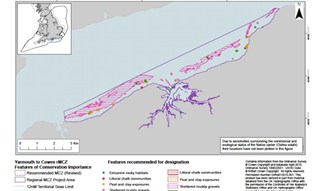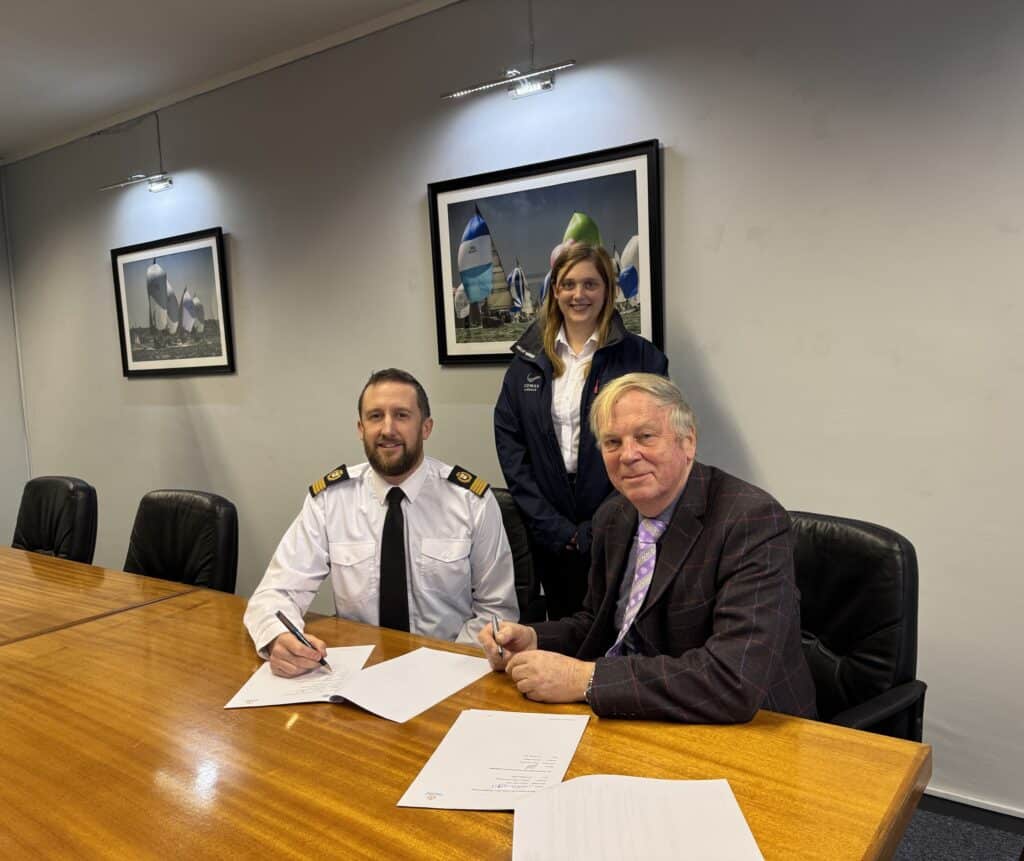
Defra (Department for Environment, Food and Rural Affairs) has opened a public consultation on the third Tranche of the Marine Conservation Zones (MCZs), to seek the public’s views on proposals to designate 41 new MCZs and to add new features for conservation in 12 existing MCZs.
Sites proposed in the Solent include Yarmouth to Cowes, Selsey Bill and the Hounds, and Bembridge.
There is an opportunity to give your views in the Defra online survey that closes on 20th July 2018.
Yarmouth to Cowes MCZ
The Yarmouth to Cowes recommended Marine Conservation Zone (MCZ) is an inshore site that covers an area of approximately 16 km². The site runs along the northwest coast of the Isle of Wight. The site stretches along the coast from Yarmouth Harbour in the west to the village of Gurnard in the east. The proposed boundary has been changed from the original Regional Project recommendation to address local stakeholder concerns and socioeconomic impact. The original site included Yarmouth Harbour, which is important for a range of activities including ferry links, fishing fleet traffic and recreational sailing. An additional smaller amendment is also proposed to remove Newtown Quay lagoon from the MCZ to avoid duplicate designation of features already protected through other designations (in this case a Special Area of Conservation).
Why is the site environmentally important?
The Yarmouth to Cowes MCZ contains a wide variety of habitats that support a number of ecologically important species and features. This includes one of the best examples of the habitat ‘peat and clay exposures’ in the region. The Bouldnor cliff geological feature, rising 8 metres above the surrounding seabed, was submerged 8,000 years ago and is not only inhabited by a variety of important species but is also an important archaeological site.
On the areas of outcropping clay in Thorness Bay the distinct boring holes of piddocks, a species of shellfish with a serrated shell, can be seen along with a thriving community of plants and animals living under the boulders and on the rocky surfaces in the intertidal areas.
The once commercially important native oyster is found throughout the site. This important species is supported by the various habitats found within the site including many of the rock reef-like structures, which run through from the intertidal zone into the deeper waters off the coast.
As well as rocky seabeds, the site also contains a multitude of soft sedimentary habitats. These habitats are favoured by animals that use the sediments to forage, scavenge, catch prey and hide. Large swathes of the deeper areas of the site contain sediments made up of a mixture of muds, sands and gravels that support a wide variety of species including worms, bivalves, starfish, urchins and anemones.
The diversity of this site means that it is particularly important to the network of marine protected areas in England and the wider region.



